
In this article, we examine the components that comprise the Shopify website cost, including expenses for out-of-the-box features and Shopify web development.
TL;DR: What’s included in the Shopify website cost?
Shopify out-of-the-box features. Shopify plans that include built-in features start at $29/month and may exceed $2,300/month. One extra app may cost from $5 to $100 per month.
Web design. Web design services range from $1,200 to $8,000 and more for a project depending on its complexity.
Shopify web development. Development services range from $2,500 to $25,000 and more for a project.
Maintenance and support. Ongoing support for a store costs from $900 to $2,400 per month.
How much does a Shopify store cost: rough estimate based on the DigitalSuits rates
To give you an idea about the average cost of a Shopify website, we gathered estimated budgets for the services included in a single table.
| Service | Hourly Rate | Estimated Hours | Total Cost Range | Notes |
|---|---|---|---|---|
| Web Design (UI/UX) | $25 – $40/hr | 30 – 80 hrs | $1,200 – $8,000+ | Wireframes, theme customization, branding |
| Shopify Web Development | $30 – $65/hr | 50 – 150 hrs | $2,500 – $25,000+ | Theme coding, app integration, checkout setup |
| Maintenance & Support | $30 – 65/hr | 15 – 30 hrs | $900 – $2,400+ | Bug fixes, updates, performance monitoring |
| Shopify Plan | – | – | $29 – $2300+ | Monthly recurring fees for Shopify plan |
| Shopify Apps | – | – | $20 – $300+ | Monthly recurring fees for Shopify plan for paid apps |
| Total: | $5,000 – $50,000+ |
Next, we’ll explore every aspect of building a Shopify store in more detail and reveal how much it costs to make every element of your Shopify website work.
Cost of Shopify’s out-of-the-box features
If you want to utilize the Shopify platform and its built-in features to run your store and manage ecommerce processes, such as inventory management and order fulfillment, you need to choose one of the Shopify pricing plans.
Shopify pricing starts at $29/month for the Basic plan. Even with this tier, you will have access to the majority of features, including POS Lite for managing your in-store sales. However, as your business grows, you may need to upgrade your plan to Grow ($79/month), Advanced ($299/month), or Shopify Plus ($2,300/month) to have lower transaction rates, more staff accounts, additional inventory locations, and advanced features, such as Shopify Functions.
In addition to the Shopify subscription cost, you may also need to budget for a theme (if you choose a paid one) and for any app subscriptions (if you’re planning to utilize apps with paid plans). Paid themes typically range from $100 to $500, while an average app costs between $5 and $100.
The number of apps you need and your total app budget depend on the features you want to add to your store on top of the default ones. Review the list of must-have Shopify apps to determine which ones best fit your store's specific needs and budget.
How much does a Shopify website cost in terms of web design?
Shopify website design cost ranges from $1,500 to $8,000 and higher, depending on the number of store pages, branding, and UX requirements.
From the very first impression when a customer lands on your store to the checkout, design makes or breaks the user experience. Just imagine that you can increase conversions by roughly 35% by creating a better checkout design, which means ensuring a simple and intuitive process, keeping all the necessary elements in place.
The same is true for the overall website navigation, from clearly visible search bars to intuitive menus. You also need to ensure that your store adapts to different devices in the era of mobile ecommerce. Check which other steps are included in Shopify web design services.
It’s no surprise that to make all this work, you need specialists who are experienced in designing ecommerce websites and who know the specifics of the Shopify platform, its theme structures, and specifications. When calculating your Shopify website cost, it is essential to specify the scope of work and understand the hourly rates of the web designers involved. Note that even if you use a free Shopify theme for your store, you will still need to hire Shopify designers who help you set it up in line with your requirements.
What’s Shopify website design cost? At DigitalSuits, prices for web design range from $25 to $40 per hour, depending on the project complexity. Our company is a certified Shopify Plus Partner. We created custom designs for multiple brands, including Cheeky and Understatement Underwear, resulting in a conversion boost and website speed increase.
If you need to estimate your project timelines to understand the budget, contact our team for a consultation. We offer flexible cooperation models so that you can choose a payment plan – whether it's a monthly budget based on time spent on a project or a fixed budget planned in advance.
What�’s the Shopify store development cost?
Shopify website development cost ranges from $2,500 to $25,000 and more, depending on the overall complexity of your project, its backend logic, the scope of features, and integrations. Also note that the development process may require a different number of services, considering the stage your website is at the moment.
If you’re starting a website from scratch, you would need developers to set up your Shopify store, connect its domain, add necessary pages (homepage, collections, product pages, and more), configure navigation, ensure checkout and payment processes, and more, based on your project specifications.
If you run your store using other platforms or website builders like Wix and want to scale your business by migrating from Wix to Shopify, you would need a team to transfer your data without losses and migrate features without breaking your website logic.
Another case is that you need to add advanced functionality tailored to your specific business logic. This would require more time and effort from specialists, either for custom Shopify app development or theme customization that requires adding Liquid code.
You may also require implementing third-party tools, such as ERPs, CRMs, and marketing services, that don’t have native integration with the Shopify platform or have no relevant APIs. In this situation, Shopify integration services will let you connect them with your store properly and benefit from their features.
You can even go further, building a non-standard store through Shopify headless development that lets you still use the advantages of the Shopify backend technology, while creating a fully unique and super-fast storefront using any desired frontend languages and frameworks.
How much does it cost to build a Shopify website using these services? You can calculate your budget based on the average hourly rates of Shopify developers and the scope of work you need to accomplish your project. Our hourly rates range from $30 to $65 per hour, depending on the developer’s skills. If you want to estimate your project timelines, don’t hesitate to contact the DigitalSuits team to get the correct information.
The average cost of Shopify website maintenance and support
Although support comes after the site is launched, it should still be accounted for in the budget. Getting proven Shopify maintenance services means higher customer satisfaction due to the website stability and perfect performance. Specialists involved in this process monitor website speed and user feedback, optimize code if needed, and implement timely updates.
How much does it cost to make a Shopify website work smoothly even after deployment? With the DigitalSuits’ Shopify retainer plan, you’re expected to pay $900 for 15 hours of monthly support. If your project requires more time for maintenance, the cost will change depending on your scope of work.
Cost to build a Shopify website: agency vs DIY vs in-house team
As a user-friendly ecommerce platform, Shopify allows you to configure a basic store with default functionality even without coding skills. It provides an intuitive theme editor, free and paid Shopify AI tools, and documentation to let you get started. In this case, you will only need to pay for a Shopify plan, a domain name, and paid apps, investing your own time in store setup.
However, if you don’t have prior experience in this field, chances are that you will encounter errors and get stuck trying to fix issues. To avoid such a situation, it’s way better to hire a Shopify developer who will save you tons of time, charging a fair price for making your store look professional.
Suppose you’re planning to build a store with some level of customization aligned with your branding and complex business logic. In that case, you’re probably deciding between an in-house team vs a Shopify development agency.
With an in-house staff, you’re less flexible in adapting your budget to changes since you need to pay fixed salaries every month. On top of that, you’ll be responsible for office bills, tools, and equipment.
Shopify agencies are certified partners with proven experience in building solutions for this platform. In this case, you only pay for what you get, and, typically, achieve faster and more reliable results.
| Approach | Estimated Cost | What’s Included |
|---|---|---|
| DIY (Do-It-Yourself) | $300 – $1,500 (theme + apps) | Pre-made theme setup, basic apps, minimal customization |
| In-house Team | $60,000 – $120,000+/year (salaries for designer + developer + QA) | Custom theme design, development, ongoing maintenance, optimization |
| Shopify Agency | $5,000 – $50,000+ (one-time project) | Custom design, development, integrations, QA, launch, support |
For even more information, check our article about which option is better – hiring a Shopify agency or freelance developers.
How to optimize your Shopify website cost
Shopify website cost optimization implies following several steps.
#1 Plan your project scope in advance
Understanding the complete picture of your project lets you plan your expenses and find cost-effective solutions and relevant teams available in the market. If you’re building from scratch, we recommend starting with wireframing and, once the prototype meets your expectations, proceeding with the full-scale product. This approach will enable you to minimize the time required for further development.
#2 Choose the right Shopify plan
If you’re testing your idea, start with the Basic plan and upgrade once you achieve a higher sales volume. For example, it’s typically recommended to switch to Shopify Plus after your store hits over $1 million in annual revenue or when you need advanced features and customization.
#3 Use pre-built themes
Shopify offers a variety of free yet highly performant themes, such as Dawn and Refresh. If you’re starting, this will be just enough. As you grow and need some customization, you can add it using the same theme or migrate to more advanced paid themes, which are more affordable than creating a fully custom theme.
We recommend considering individual Shopify theme development only if you need to bring an extraordinary idea that requires robust customization to life or plan to sell this template in the Shopify Theme Store. Check the full breakdown of pros and cons of pre-built and custom themes.
#4 Minimize the number of paid apps
To prevent your monthly app expenses from becoming too high, rely on Shopify's native features for analytics, discounts, automation, and more, and use paid apps only when they combine multiple features. As an example, explore Klaviyo-Shopify integration that allows you to run email marketing campaigns, send SMS, and display reviews.
#5 Choose proven design and developer teams
Save time and money by opting for professional services with the guarantee of timely delivery and high-quality solutions. Make sure that the agency or individual developer you’re planning to work with has a clear understanding of the Shopify ecosystem and a transparent workflow to accomplish your project within the set deadlines and budget. Our team is here to help you build your Shopify store from the ground up or optimize your existing one. Explore our portfolio of successfully delivered Shopify projects, and don’t hesitate to contact us for a project estimate.
Frequently asked questions
Is Shopify cheaper than WooCommerce or Magento?
WooCommerce or Magento typically have lower starting costs, while requiring more developer hours for setup and customization, and higher expenses for additional features. Shopify, in its turn, includes plenty of features in its subscription tiers, reducing time and budget for setup and development.
Can I build a Shopify store for free?
Not really, Shopify offers a 3-day free trial and three months for $1/month. After that, you need to upgrade to one of its paid plans.
What are the hidden costs when building a Shopify store?
In addition to the costs outlined in this article, you will incur a transaction fee (ranging from 0.6% to 2.9%, depending on the payment method) for every purchase made in your store, unless you use Shopify Payments.


































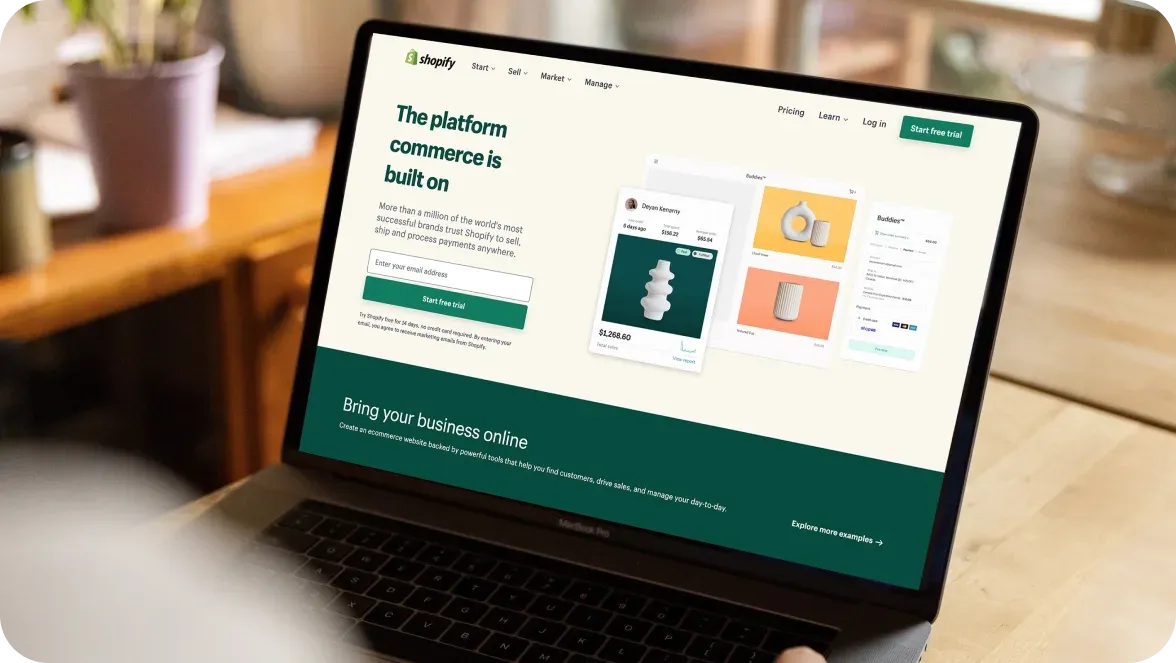
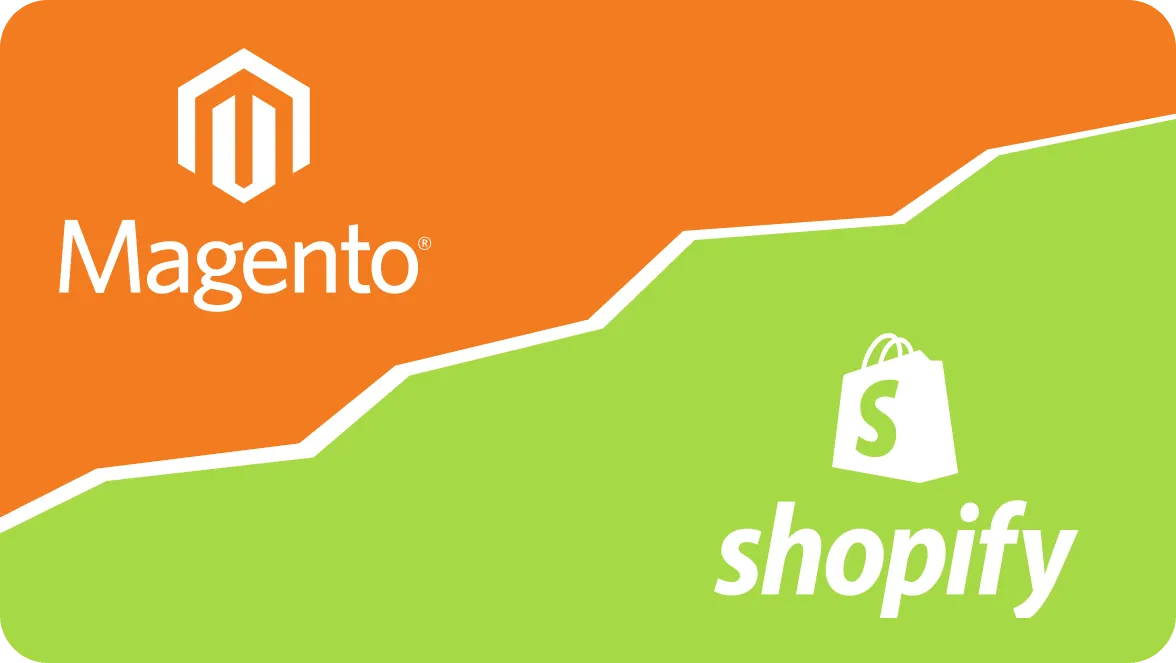
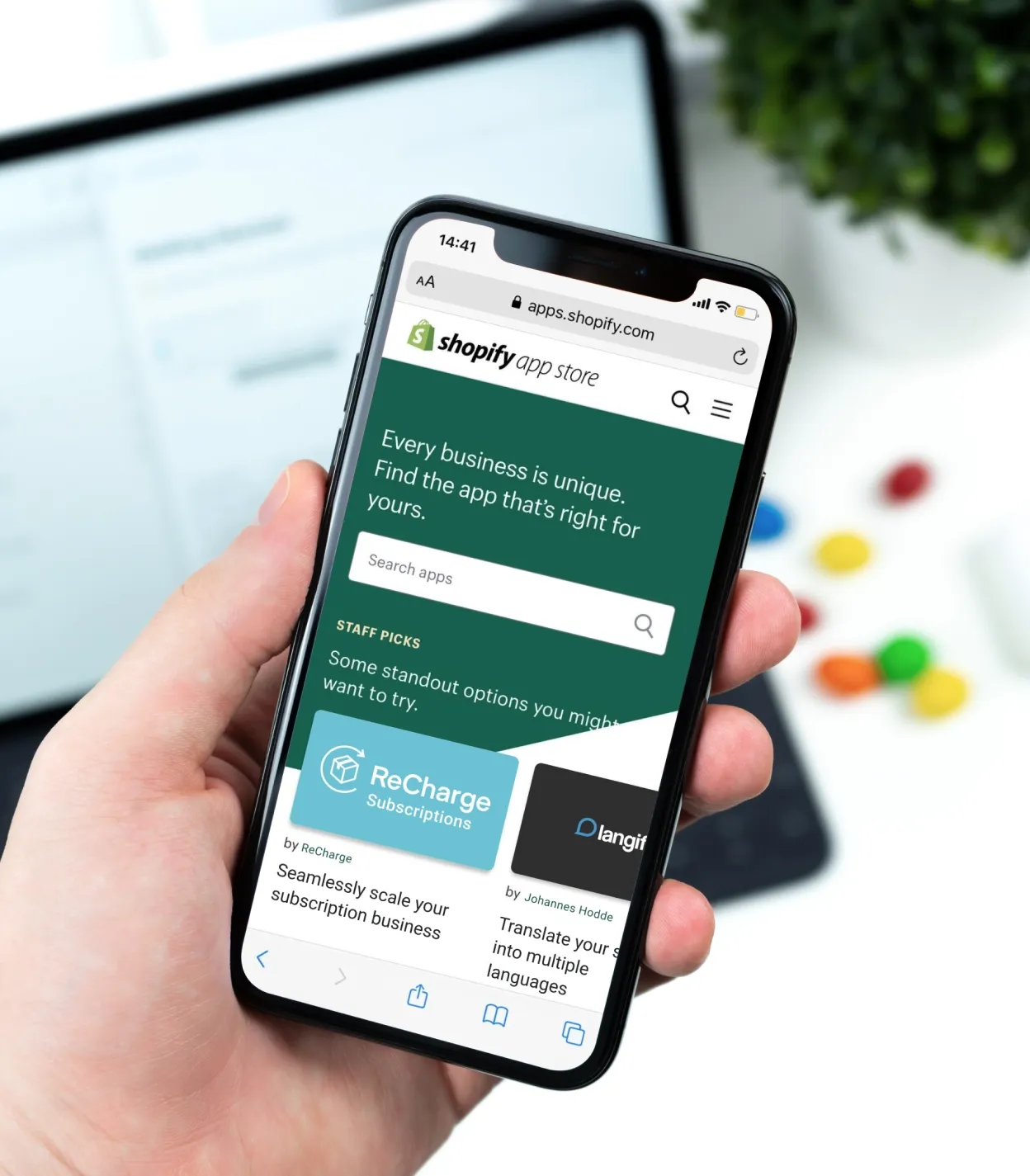
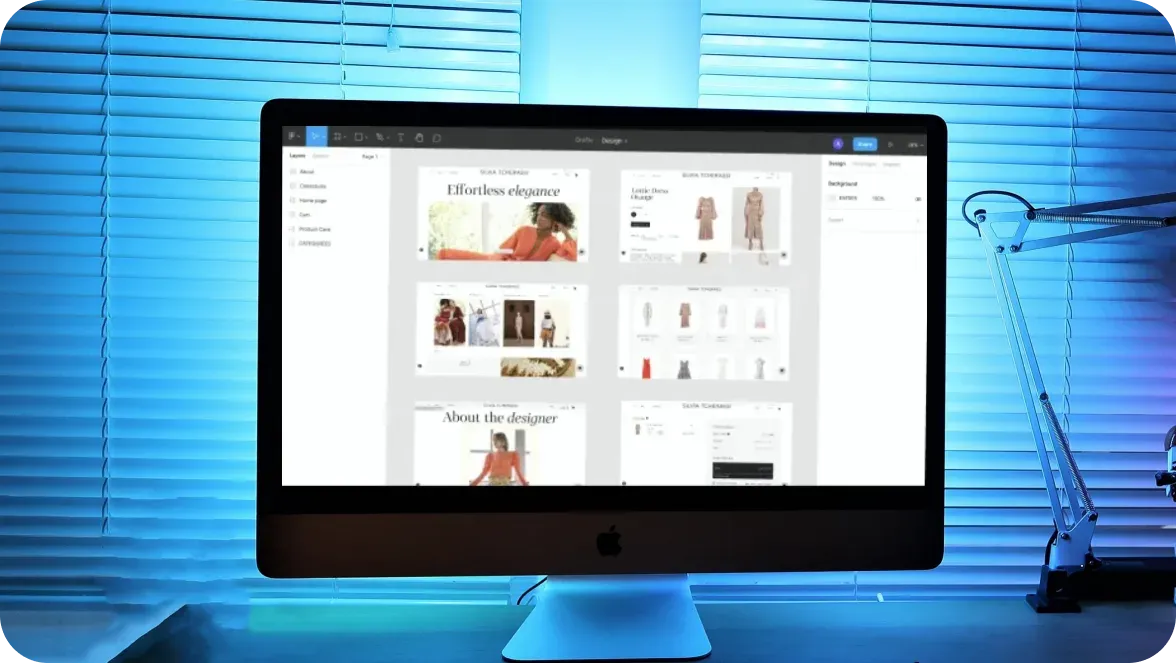

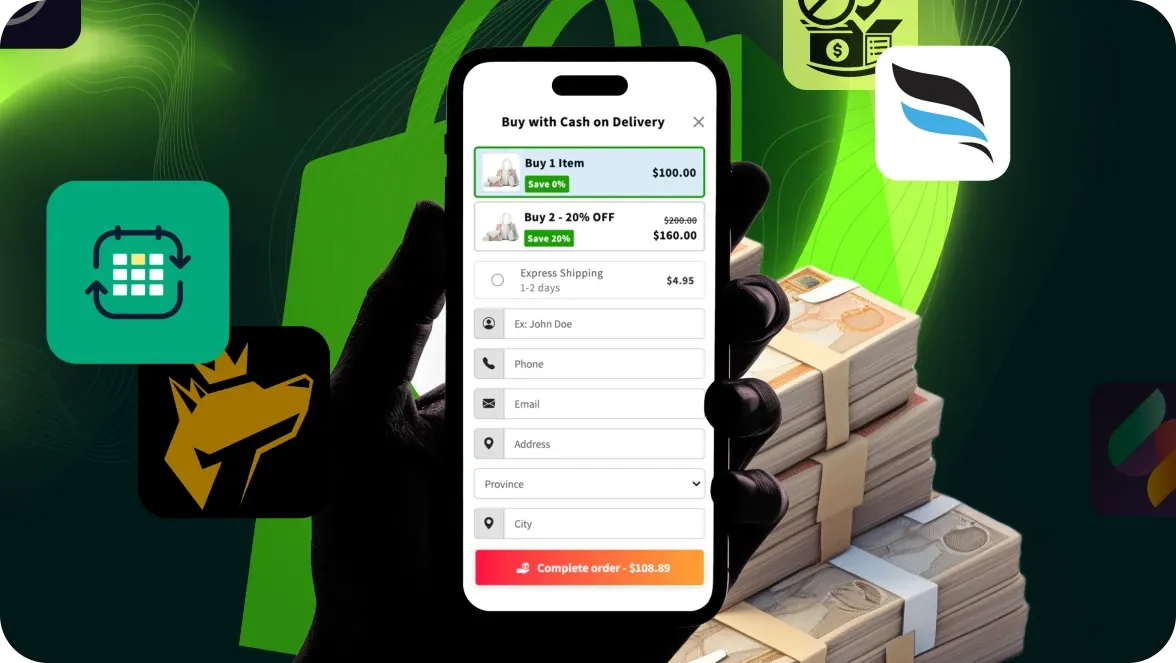
Was this helpful?
0
No comments yet